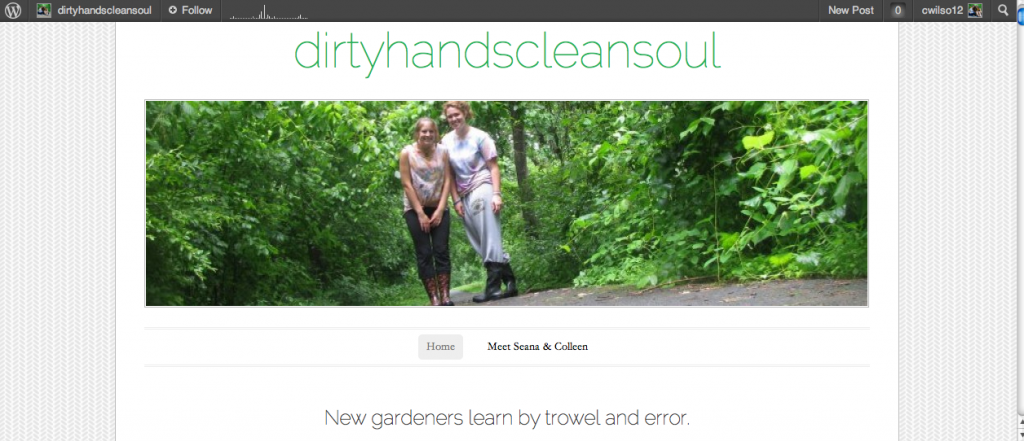Chapter 10: Managing News as a Conversation
“It is often said that ‘information wants to be free’, but it is truer in the digital age that information wants to be analyzed, shared, synthesized, curated, aggregated, commented on and distributed”
News as a Conversation: News is no longer a lecture from journalist to public. In the digital age, journalists and the community create an interactive conversation.
Making Conversation: Digital conversation between journalists and readers first started in the comment sections of online newspapers. Today, with the advent of social media, journalists are active on websites like Facebook and Twitter. This allows for more in depth coverage of beats because the reporter can turn to the public and hear immediate feedback.
–Downsides of Digital Conversation: Because online users are able to comment on content anonymously, there is the potential for mean spirited or harmful
Social Media Tips for Journalists:
-Become familiar with social media sites like Twitter and Facebook
-Be mindful of what you put on social media. As a journalist you represent an institution larger than yourself
-Assume that everything you write online will have a larger impact than you expect it to
-Ask your boss to follow you on Twitter to make sure that you keep everything professional
Why the News Conversation is Important
1. Conversation makes the news participatory. Online commenters can easily add new information and insight to a story, which is a valuable resource. User Generated Content (UGC) can include information, photos, video, recommendations and sharing on other social media sites.
2. Journalists must get involved. Using social media and UGC is a free way to expand your knowledge and participation in community news. However, building up your domain online takes time and effort. Carefully cultivate a list of followers and supporters.
3. Keep conversations ethical and accurate. Monitor your social media and comment sections to make sure that the content is on topic and not cruel or hateful.
4. Know your legal responsibilities. As a news source, you are not responsible for any libelous or derogatory statements made in the comments section, as you are not the publisher of their content.
5. Correct your errors. In the fast paced digital world, it is easier to make errors in your copy. The online community is quick to catch errors, and credibility can quickly be lost.
Chapter 11: Building a Digital Audience for News
“If journalists produce great stories but no one reads them, how can news survive?”
Measuring Journalism: With online content, spreadsheets and data records listing traffic and comments can easily be compiled. Not only should journalists track the content on their own website, they should keep an eye on the content generated on other websites that relate to the news.
What is there to track?
-Total news stories by day
-News stories by category
-Total blog posts
-Blog posts by a specific blog
-Slide shows per week
-Video stories per week
-Podcasts or other audio clips
-Breaking news email alerts
Keep Track of Your Audience
Pageviews: The number of time any given page on your website has been viewed. These numbers can help with advertising pitches and a better understanding of what’s popular on your site.
Visitors and unique visitors compared: Contrasting how many unique visitors versus how many visitors a website has overall will paint a picture of how many users frequent the website.
Engagement and referrers: These numbers will tell you where your readers are coming from if they clicked through a link.
Search Engine Optimization (SEO)
Search engines perform three main functions. First, spiders and robots search the internet for content related to the keywords that were used for the search. This task is performed by sites like Google. The information from the spiders and robots is then sent to more powerful computer systems for indexing, where large database files are referenced for information. When you type a keyword into a search engine you are making a query of it’s database.

